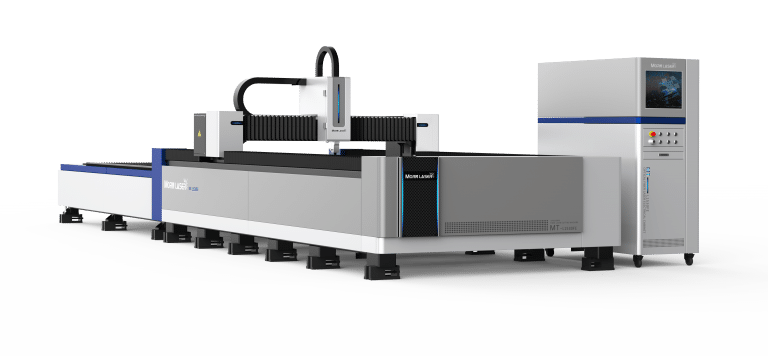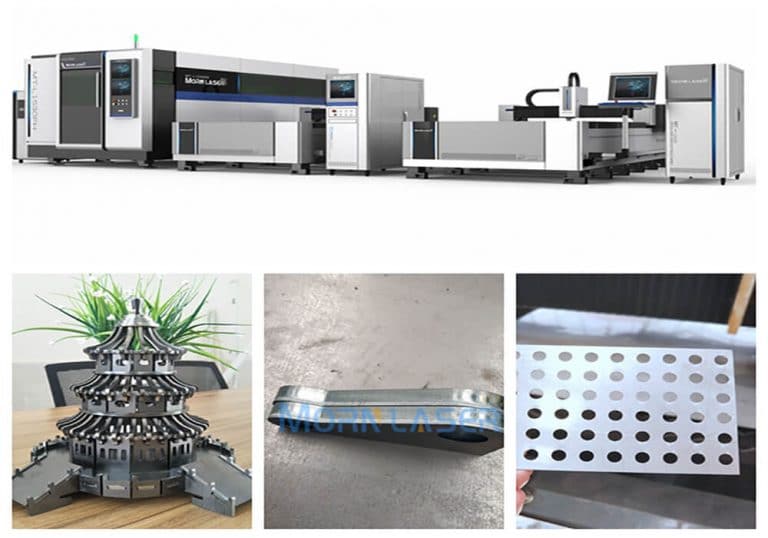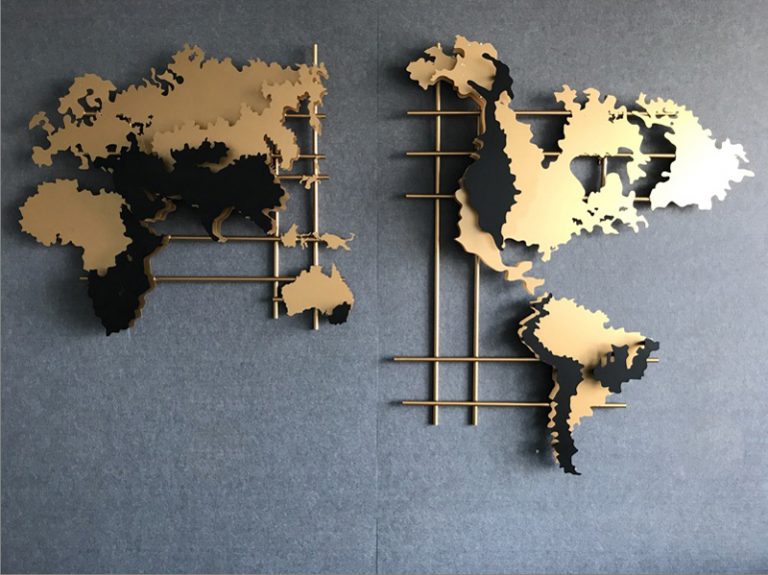Laser deep penetration welding generally uses fiber continuous laser beams to complete the connection of materials. The metallurgical physical process is very similar to electron beam welding, that is, the energy conversion mechanism is completed through a “key-hole” structure. Under sufficiently high power density laser irradiation, the material evaporates and forms small holes. This steam-filled hole is like a black body, absorbing almost all of the incident beam energy. The equilibrium temperature in the cavity reaches about 2500°C. Heat is transferred from the outer wall of the high-temperature cavity to melt the metal surrounding the cavity. The small hole is filled with high-temperature steam generated by the continuous evaporation of the wall material under the irradiation of the beam. The four walls of the small hole are surrounded by molten metal, and the liquid metal is surrounded by solid materials (and in most conventional welding processes and laser conduction welding, the energy first Deposited on the surface of the workpiece, and then transported to the inside by transfer). The liquid flow outside the pore wall and the surface tension of the wall layer are maintained in a dynamic balance with the continuously generated steam pressure in the cavity. The light beam continuously enters the small hole, and the material outside the small hole is continuously flowing. As the beam moves, the small hole is always in a stable state of flow. In other words, the small hole and the molten metal surrounding the hole wall move forward with the forward speed of the leading light beam, and the molten metal fills the gap left by the small hole and condenses, and the weld is formed. All of the above process happens so fast that the welding speed can easily reach several meters per minute.
Table of Contents
The main process parameters of laser deep penetration welding
(1) Laser power. There is a laser energy density threshold in laser welding. Below this value, the penetration depth is very shallow. Once this value is reached or exceeded, the penetration depth will be greatly increased. Only when the laser power density on the workpiece exceeds the threshold (related to the material), plasma will be generated, which marks the progress of stable deep penetration welding. If the laser power is lower than this threshold, only surface melting of the workpiece occurs, that is, welding is performed in a stable thermal conductivity type. When the laser power density is near the critical condition for the formation of small holes, deep penetration welding and conduction welding alternately become an unstable welding process, resulting in large fluctuations in penetration. During laser deep penetration welding, the laser power simultaneously controls the penetration depth and welding speed. The welding penetration is directly related to the beam power density, and is a function of the incident beam power and the beam focal spot. Generally speaking, for a laser beam with a certain diameter, the penetration depth increases as the beam power increases.
(2) Beam focal spot. The beam spot size is one of the most important variables in laser welding, because it determines the power density. But for high-power lasers, its measurement is a difficult problem, although there are many indirect measurement techniques.
The beam focus diffraction limit spot size can be calculated according to the light diffraction theory, but due to the aberration of the focusing lens, the actual spot size is larger than the calculated value. The simplest actual measurement method is the isothermal profile method, which uses thick paper to scorch and penetrate the polypropylene plate to measure the focal spot and perforation diameter. This method should be practiced through measurement to master the laser power and the time of beam action.



